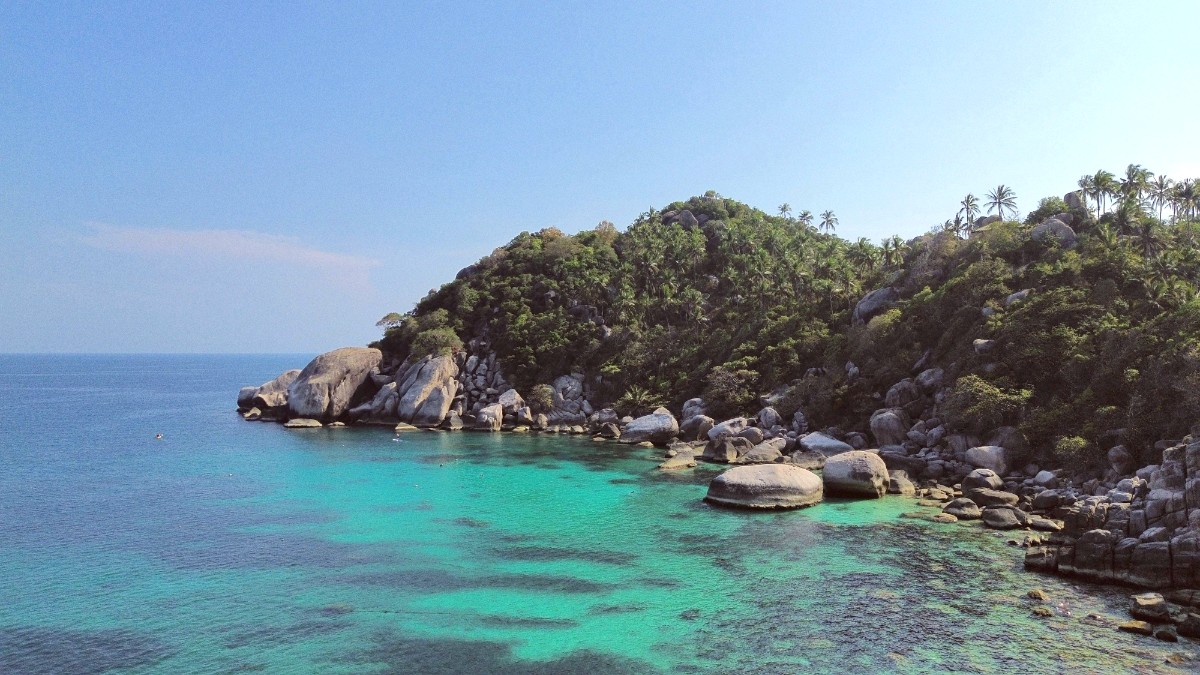
Lower Southern Gulf, Thailand
Waters around Ko Tao belong to a larger marine protected area, aiding coral and marine life preservation.
A local initiative for reef conservation, waste management, and sustainable tourism.
Many dive centers take part in reef cleanup dives and coral restoration.
Look for resorts and dive centers with environmental certifications (e.g., Green Fins).
Choose operators who use solar power, recycle water, and manage waste responsibly.
Limited landfill space and developing recycling infrastructure present issues for the island.
Use a Reusable water bottle and avoid single-use plastics.
Dispose of waste properly in designated bins. Avoid littering on beaches and in the ocean.
Freshwater is a precious resource, especially during the dry season. Many resorts rely on desalination.
Take shorter showers, reuse towels, and report any leaks. Support carbon offsets for flights.
Supporting local Thai businesses (restaurants, guesthouses not large international chains) contributes directly to the local economy.
Respond to the "wai" greeting. Dress modestly when visiting temples or local villages. Show respect for the King and Royal Family.
Always ask permission before taking photos of individuals. Be discreet and respectful of privacy. Remove your shoes when entering homes or temples.
Stay in hostels/dorm beds. Eat street food/local restaurants. Rent a scooter (with caution). Use shared songthaews. Enjoy free activities like beach relaxation, swimming, fire shows. Book dive courses with included budget accommodation.
Stay in comfortable mid-range bungalows or resorts. Enjoy a mix of local Thai restaurants and mid-tier Western eateries. Combine shared taxis with occasional private ones. Include certified fun dives, guided snorkeling tours, and cooking classes.
Stay in boutique villas or high-end resorts with premium amenities. Dine at resort restaurants or upscale international establishments. Arrange private transfers. Opt for private dive guides, indulge in spa treatments, and consider private boat charters.
Ko Tao offers different experiences depending on the time of year. Summer (July-Sept) is excellent for diving/snorkeling due to calm seas and good visibility. Winter (Jan-Feb) has cooler temperatures and lower humidity, great for all activities. Festivals like Songkran (mid-April) and Loy Krathong (November) add unique cultural aspects. For off-season (Oct-Dec), expect rain, rough seas, lower prices, and fewer crowds. Be flexible.